Historical Perspective
Low resistivity and low contrast pays have confounded geologists and petrophysicists for years. This has resulted in lost opportunities due to the abandonment of otherwise sound prospects, where the mapped hydrocarbon trap, stratigraphy and project economics had generated encouragement, only to have formation evaluation analysis indicate limited or no commerciality.
An Early Approach
Historically, the first wireline logging tool run in the borehole was usually the SP-gamma ray-resistivity-sonic tool combination, which provided a quick, initial evaluation of the well. If these logs showed sufficient hydrocarbon potential, the decision would likely be made to run more logging tools for the acquisition of additional porosity and resistivity logs; for example, vertically distributed pressure points (Figure 1) from a wireline formation tester tool (Figure 2), fluid samples or sidewall core samples (Figures 3 through 5).
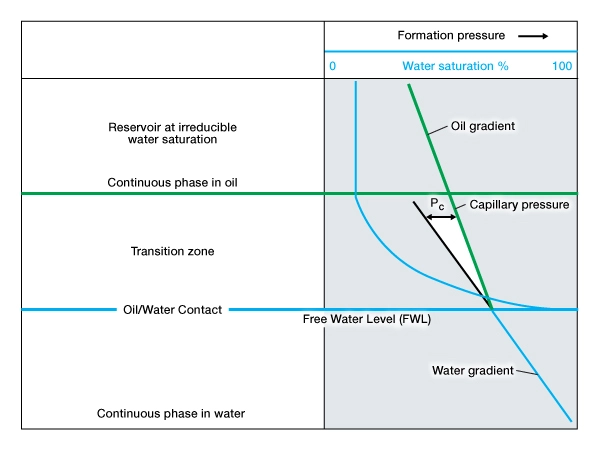
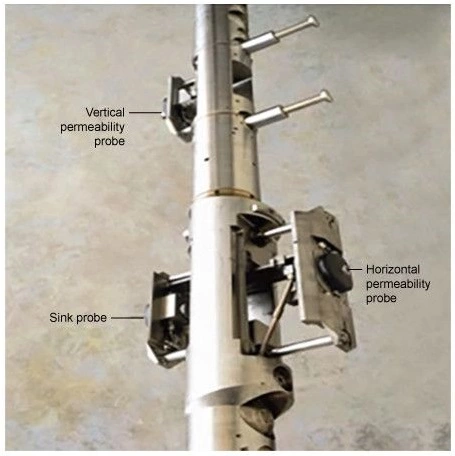
Sidewall Core Samples
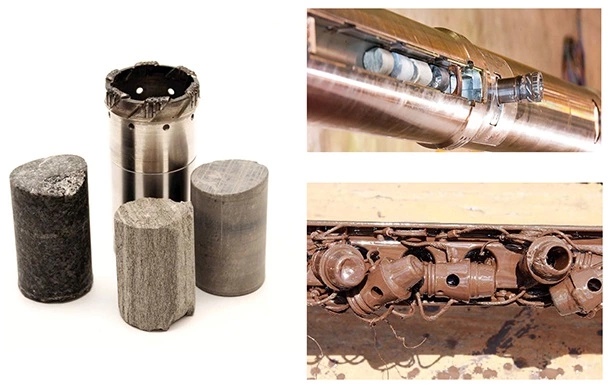
However, if the deep resistivity log curve failed to deflect to the right when the gamma ray and SP logs deflected to the left, then the first impression would be that the well was not worth logging any further. Fortunately, however, several low resistivity pays have been fully logged, cored, and evaluated. The resulting data provided improved indications about the productivity of such wells, especially when core analysis showed oil in zones which resistivity logs had indicated to be water-bearing.
Studying the Problem
During the second half of the twentieth century, a number of technical papers were published concerning these apparent contradictions between the deep resistivity readings and full diameter core or production data, including papers that identified specific factors that lowered resistivity in a formation (Clavier, Coates, and Dumanoir [1977]; Patnode and Wylie [1950]; Poupon, et al. [1953, 1971]; Serra [1989]; Simandoux [1963]; and numerous others).
One review published by Schlumberger, A Wellsite Guide to the Recognition of Low Resistivity Pay Sands in the Gulf of Mexico, was widely read and introduced the low resistivity concept to geologists and petrophysicists. Also of great interest was Log Evaluation of Shaly Sandstones: A Practical Guide (George B. Asquith), published by the American Association of Petroleum Geologists in 1990.
As deeper and more expensive wells were drilled, the ability to discriminate low resistivity pay from water-bearing zones became critical. In 1993, the local geological societies from New Orleans and Houston began compiling an atlas of low resistivity pay well logs Productive Low Resistivity Well Logs of the Offshore Gulf of Mexico (Dwight Moore, Editor-in-Chief).
Advances in Well Logging
High resolution dipmeters and their associated visualization products were useful developments in the reservoir characterization of low resistivity pay formations. Newer logging tools have been developed that take a different approach to recognizing low resistivity pays, such as the Baker Hughes 3DeXplorer Induction Logging Tool (Figure 4) and the Nuclear Magnetic Resonance Tool (Figure 5).
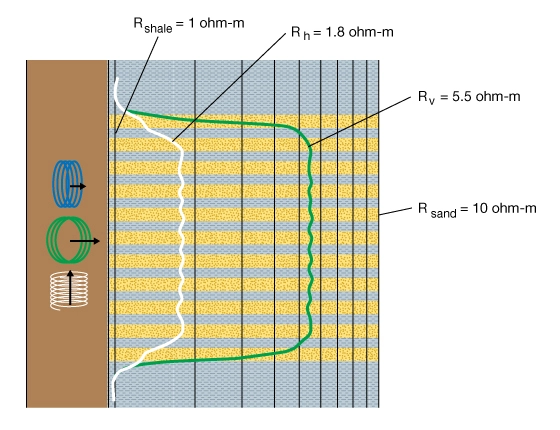
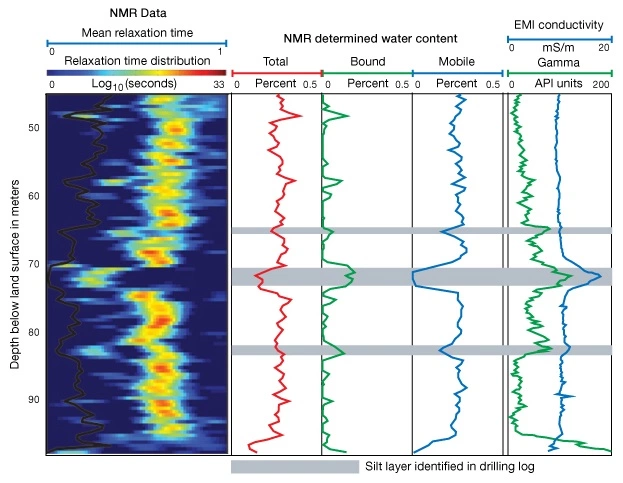
 Petro Shine The Place for Oil and Gas Professionals.
Petro Shine The Place for Oil and Gas Professionals.



